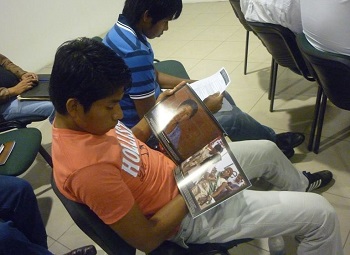Project
Representation and political participation of five urban indigenous populations in Santa Cruz de la Sierra
- Bolivia
- June 2014
Lessons from Project
💡
- Community activism
- Bolivia
- June 2014
The project did not treat these situations – conflicts and differences of opinion – as an educational exercise in acceptance, tolerance, and negotiation as well as it could have; had it done so, it might have fostered synergies and prevented the pointless weakening of indigenous populations committed to fighting for the defense and recognition of their rights.
💡
- Community activism
- Bolivia
- June 2014
Well-established indigenous organizations displayed some resistance to the founding of the grantee’s network, which was to serve as an umbrella group for all urban indigenous organizations.
💡
- Community activism
- Bolivia
- June 2014
Especially effective was the traveling photo exhibition, “Being Indigenous in the City,” displayed in 19 cultural centers, public and private, and visited by more than 10,000 people. One thousand copies of the exhibition brochure were distributed, and the initiative was followed by the media. A second showing of the exhibition traveled to six municipalities in Chiquitianía.

💡
- Community activism
- Bolivia
- June 2014
The attendees commented that it was symbolic that the university had participated in the process, since it normally did not get involved in this type of initiative. The professors were completely open and accessible, opening their classrooms on Sundays and assigning the instructors and researchers.
💡
- Community activism
- Bolivia
- June 2014
The project had important sustainability components. The grantee’s track record and competence in fighting for respect for the rights of indigenous peoples, especially in urban environments, have given it credibility in the eyes of its public and private stakeholders.